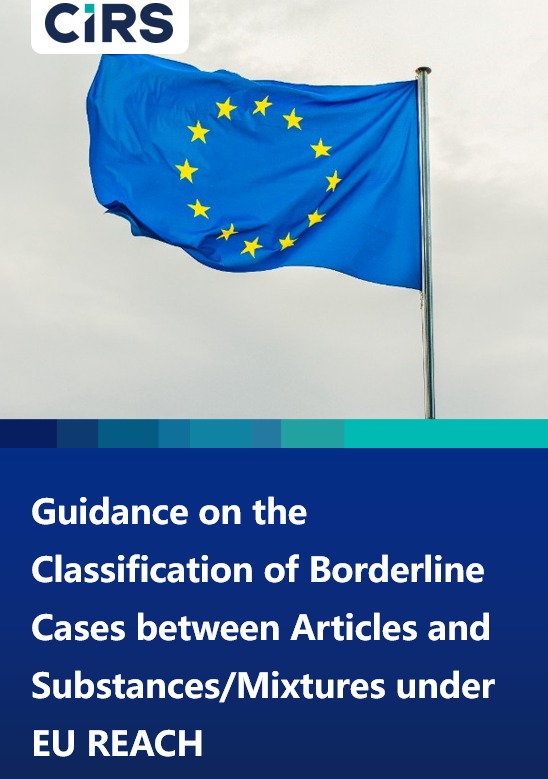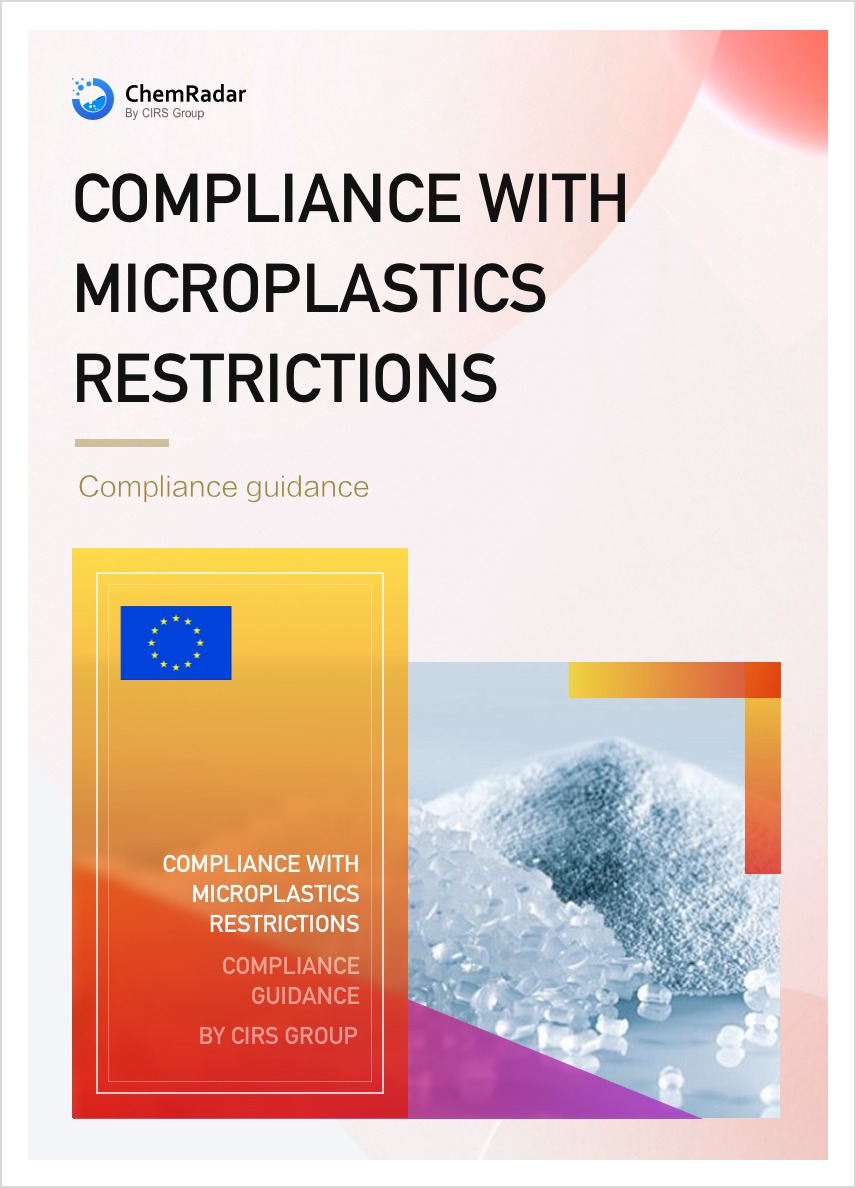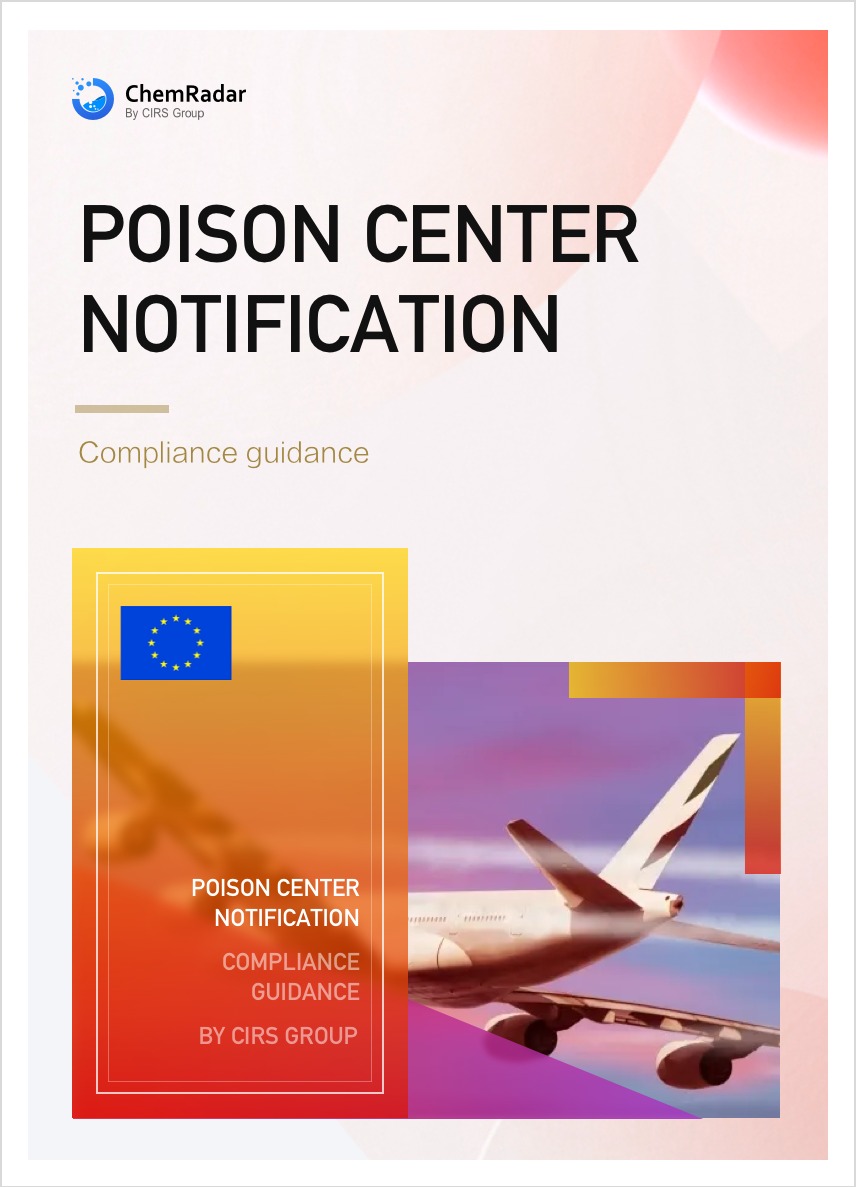On July 14, 2025, the Official Journal of the EU formally adopted Delegated Regulation (EU) 2025/1399, which revises the control provisions related to perfluorooctanoic acid (PFOA), its salts, and PFOA-related compounds in Annex I of the EU Persistent Organic Pollutants (POPs) Regulation (EU 2019/1021).
Key Amendments
1. Extension of Specific Exemption Periods
The exemption period for the use of PFOA-containing firefighting foams, originally set to expire on July 4, 2025, has been extended to December 3, 2025. The European Commission noted feedback from member states and industries indicating challenges in detecting PFOA-related compounds in existing fire protection systems and underestimations of residual levels, which may hinder compliance. This extension represents the maximum allowable duration under the Stockholm Convention.
2. Adjustment of Trace Limits
Due to frequent exceedances of the current unintentional trace contaminant (UTC) limit (0.025 mg/kg) in existing foams and concentrates, the new regulation introduces "interim limits for firefighting foams":
- PFOA and its salts: 1 mg/kg (0.0001%);
- Individual PFOA-related compounds or combinations thereof: 10 mg/kg (0.001%).
These relaxed limits apply only to "installed fire-extinguishing systems" and remain valid for three years, until August 3, 2028, to allow time for replacement. Recognizing that residual PFOA in older systems may contaminate newly installed fluorine-free foams, the regulation sets a total residual limit of 10 mg/kg for "fluorine-free foams" and mandates system cleaning using "Best Available Techniques."
3. Terminology and Retroactive Provisions
For the first time, the regulation legally defines "firefighting foam" as "any mixture used to generate foam for fire suppression, including but not limited to foam concentrates and prepared solutions."
Additionally, the continued use of products containing PFOA, its salts, and related compounds within the EU is permitted after the expiration of specific exemptions for the following applications:
- Photolithography or etch processes in semiconductor manufacturing
- Photographic coatings applied to films
- Textiles for oil- and water-repellency for the protection of workers from dangerous liquids that comprise risks to their health and safety
- Invasive and implantable medical devices
Next Steps
The European Commission will assess member states' progress in replacing PFOA-containing systems by the end of 2026 and may further adjust limits based on implementation outcomes.
Further Information



